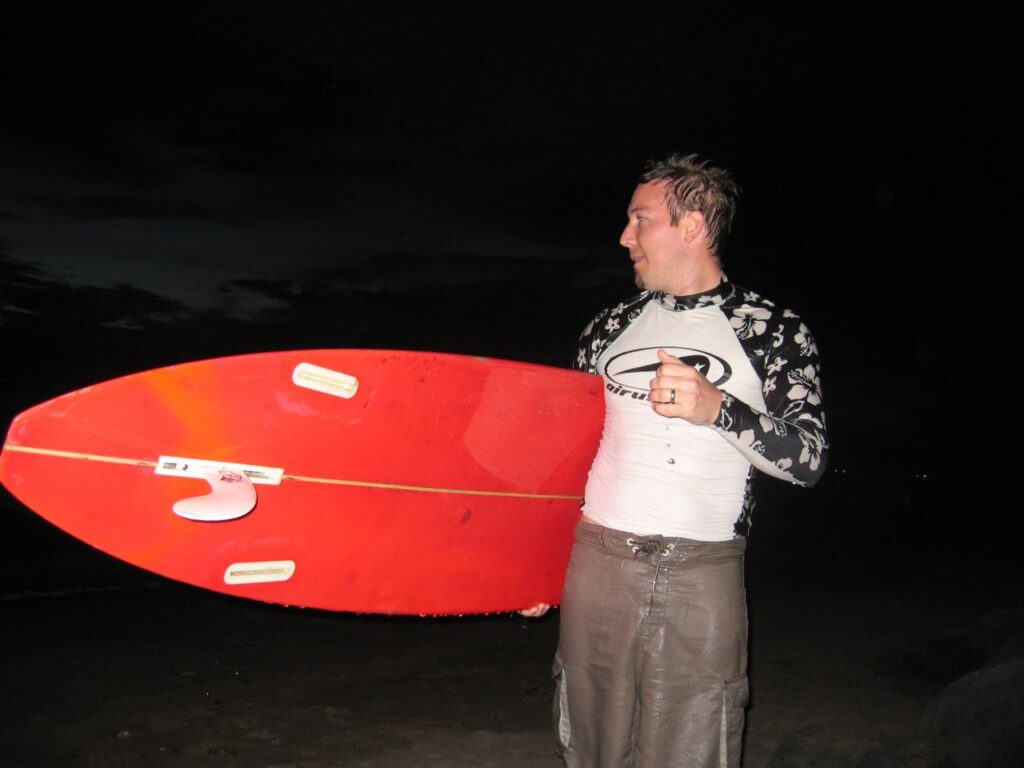Summertime in California is wonderful! The days are longer, we do more outdoor activities, and the increased sun helps boost our own natural Vitamin D levels. However, spending more time in the sun means we need to protect ourselves from the harmful side effects of too much sun exposure. That means finding shade under beach umbrellas, hats, UV protection rash guards, and using sunscreen.
The choice of which sunscreen to use is problematic for a few reasons. First, according to the latest science, most sunscreens only protect against one of the three kinds of skin cancer, and not against melanoma, the deadliest form of skin cancer. Using a “broad-spectrum” sunscreen is important to give you the greatest protection.
Additionally, many of the ingredients found in today’s sunscreens are toxic and harmful. In fact, in 1978 the US Food and Drug Administration (FDA) began developing a comprehensive regulation for sunscreen safety and effectiveness. All these years have passed and the FDA has yet to issue its final regulations. FDA officials did set regulations in 1999 that sunscreen manufacturers are “voluntarily” supposed to abide by.
To that end, there are two different types of sunscreens. 1) Mineral-based, usually using zinc or titanium, as a barrier to sun exposure and 2) Non-Mineral Based, which use chemicals to protect against the sun’s rays. There are thousands of different brands of sunscreens and a patient of mine (thank you Jill) turned me onto a website that comprehensively details all sunscreen ingredients per products and gives them an easy to interpret score. I visited the site, checked out my regular sunscreen’s score (I was appalled) and then checked out some alternative. Once I found ones that I liked I was able to order them easily online.
A study came out in 2020 in the Journal of the American Medical Assocation looking at common non-mineral based chemicals and if they end up in your bloodstream. The study found that after just four days of sunscreen application that all subjects had higher than recommended levels of the chemicals in their blood. That certainly gave me pause against using non-mineral based sunscreen on myself and my children.
I should note that the best sunscreen is protecting your skin from the sun by means other than something applied to your skin. Sitting in the shade and wearing large brimmed hats are good examples. One of my favorites, as I love playing in the water is using an SPF rash guard as pictured below (I know this picture is of me coming out of the water in the dark, but you get the idea).

I recommend that you visit the Environmental Working Group Sunscreen Guide website and the parent site of the Environmental Working Group which reviews other common elements of our daily lives like cell phones and drinking water. When you are there check out the sunscreen that you use and read a little bit about what those long chemical names on the ingredients label mean. It will be a few minutes well spent. Remember, everything that you put on your skin ends up absorbed into your blood stream and even small things over long periods of time can produce profound changes in your health.
Positively,
Dr. Pedersen
